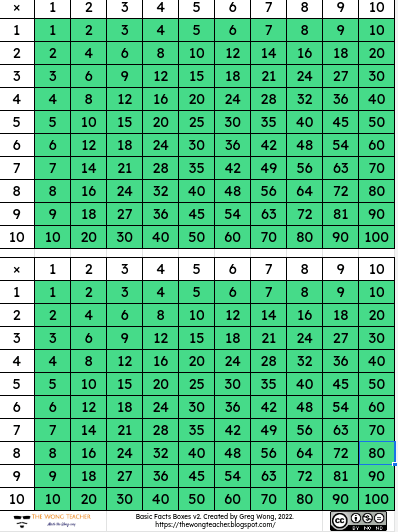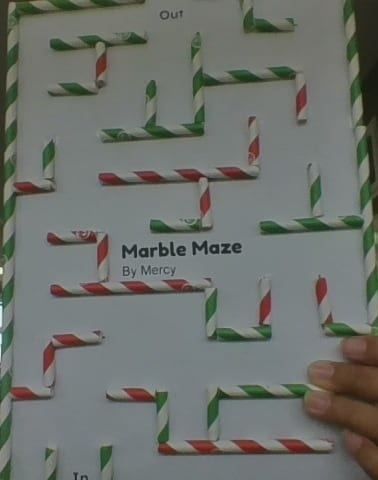LI: the name and properties of 3D Shapes. LI: label 3D shapes
Our task was to name, label 3D shapes and find an item that we use everyday that is a 3D shape. For example: A sphere has 1 face and 0 vertices because a sphere is round and has no edges. An everyday item is a ball, that we use to play basketball, football, dodgeball and many more. A cube has 6 faces and 8 verticies. An example of an everyday item is a rubix cube.
I enjoyed this task because I learnt the details and how to label 3d shapes.



